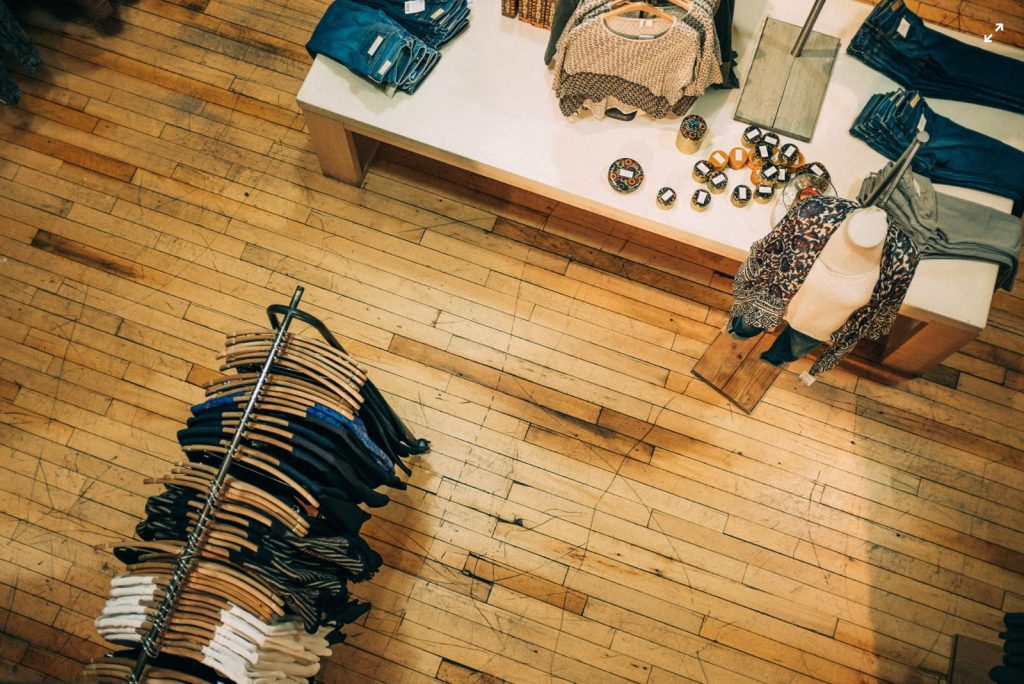Digital Arts
Digital art has played a pivotal role in the development of art sharing on multiple platforms. Everyone loves good art and everyone loves to admire great illustrations of mainstream trends. Digital artists create visual content for various types of needs using their tools and some digital artists share their artwork to grow their community of followers. With creation, copyright and copyright infringement follows. There are many issues associated with the use, promotion or even the consumption of such digital art. With the addition of AI software and the technological development moving forward, there are still many worrying factors for creators about the protection of their art and the use of their art.
What is Digital Art and Copyright?
Digital art refers to any form of artistic expression created using digital technologies which is included in the following list (but not exhaustive):
- Digital photography
- Digital painting
- 3D modeling
- Animation
- AI-generated images (computer-generated images)
The core of digital art protection lies in copyright. As the artist of digital art, the artist is granted exclusive rights to their original creations. Those exclusive rights give the artist control over its reproduction, distribution and public display. Copyright is vested in the specific national rules of where the specific digital art is made. Generally, copyright is automatic and does not require any registration, but some locations (like the US: Registering Your Work at US Copyright Office) may have registration systems that are beneficial for commercial purposes and legal proceedings if necessary. There is no requirement as to copyright registration in the UK and HK as of now.
Even though copyright comes automatically, it is still important to take steps to help prove that you own the copyright over your work. Practical steps to protect your artwork from copyright infringement include:
- Copyright Registration
- Watermarking
- Clear terms of use and licensing when distributing the work
- Monitoring relevant platforms and enforce quickly. If infringement does occur, take swift action through cease and desist letters or legal proceedings.
Copyright of your Art on Specific Platforms
Common Art Platforms for sharing includes:
- Devian Art
- Pixiv
- Artstation
- X (Twitter)
Artist Collaboration and Contracts (including Merchandising):
A contract is basically a promise between two parties, contracts have evolved into more complicated documents that not all creators can understand. There are specific contracts that may come across as common in the artistic industry which are explained in the following:
- This document will define the rights and responsibilities between the Artist and other partners who plan to share the ownership in the overall intellectual property. Rights as to copyright of the property can be contracted out of and change the copyright owner to the buyer or the company being contracted with.
- Work-For-Hire Contract: Work-for-hire contracts would usually vest the copyright or IP in the person who is hiring. The usual contractual relationship would be that one party would pay for another party to work on an intellectual property project for money and not ownership. It is also different from a license agreement (where one party gives another party the right to use some aspect of the intellectual property in exchange for payment).
- Licensing Agreement: An IP license agreement could allow the copyright owner to grant a license for the licensee to use the rights vested in IP as to distribution, reproduction, modification, publication or display.
Merchandising: What happens to the copyright of my artwork when it is printed onto a product?
Once you have established a strong following, your fans would be interested in getting merchandise with your artwork on it. Well promoted platforms to note for merchandising are Redbubble, Etsy and Teespring.
If your artwork has been presented on an object, the utilitarian aspects cannot be copyrighted. Your ownership of the copyright only extends to the drawing, but you cannot claim copyright over the whole tote bag that it is printed on. However, this does not bar your rights as to claiming copyright over the artwork.
Real life examples: Etsy’s Intellectual Property Policy

If you find that other people are benefitting over your artwork commercially, Etsy’s own Intellectual Property Policy allows them to reserve the right to take action against abusers of Etsy’s Intellectual Property Policy. Etsy’s own reporting system – Etsy Reporting Portal, allows you to report the alleged infringement to Etsy and its Designated Agent under the DMCA.
AI Tool: Can I use AI to generate my artwork?
The most recent judgment from the US Copyright Office has ruled that parts generated by AI cannot be copyrighted. It was mentioned in the case that it was agreed that the artist may copyright certain parts that were altered by human effort could be copyrighted. In other words, you can only own the copyright over the parts that are altered by you and your human effort.
Using AI to create images also may expose you to risks of copyright infringement. Currently in the UK there is an ongoing lawsuit between Getty Images and Stability AI over their use of copyrighted images to train Stable Diffusion. The copyright concerns arising from the use of generative AI to create images become quite apparent when you compare some of the outputs of Stable Diffusion with Getty Images. These outputs often feature similar scenes and can even retain the original watermark.

It is still too early to say what the general consensus on AI images is, however, users should not be mistaken in believing that using AI to produce art is entirely free of any copyright concerns.